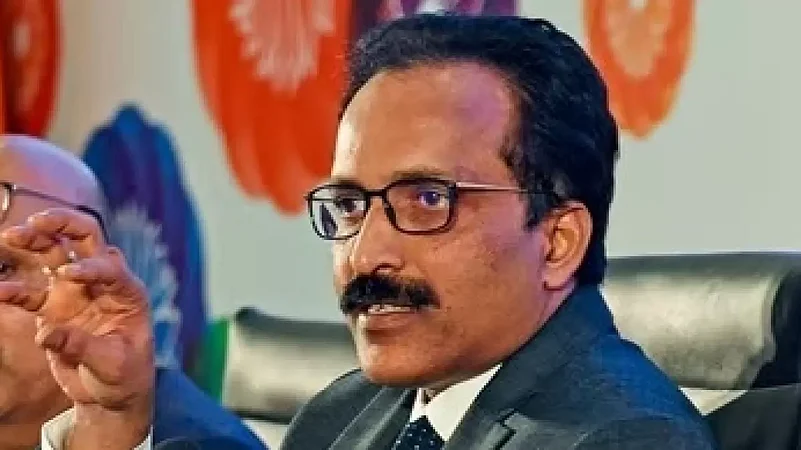As India continues to bask in the glory of Chandrayaan-3, Indian Space Research Organisation's (ISRO) name last evening entered the global elite space club for achieving an unmatched feat of making a successful soft landing on the south polar surface of the moon.
What made the soft landing at the lunar south pole so challenging was the presence of innumerous craters and deep trenches of widely varying depth and radii.
It was no easy ride for the thousands of scientists at the ISRO as success only came after third attempt at landing a spacecraft on the lunar surface. The last one, Chandrayaan-2, was listed as a partial failure after its lander crashed on the lunar surface following a hard landing and went incommunicado in September 2019.
Taking lessons from the previous attempt, which took India so close to success in 2019, this time the scientists left no stone unturned to accomplish the soft landing.
What did the ISRO Chief say?
When asked about the reason behind selecting the perilous south pole for the lander Vikram's landing, the ISRO Chief S Somnath told NDTV, "Entire instrumentation of Chandrayaan-3 is for landing on the south pole or near the south pole. But there are a huge amount of scientific possibilities on the South Pole. They are related to the presence of water and minerals on the moon."
"There are many other physical processes that scientists would want to be investigated. Five of our instruments are targetted towards exploring those areas," he further added.
According to the ISRO Chief, the scientists had to begin from the scratch this time as, owing to the hard landing of the Chandrayaan-2 lander followed by its destruction, no data could be retrieved from it.
He further explained that the first year was spent figuring out the fallacies that led to the failure during Chandrayaan-2.


























